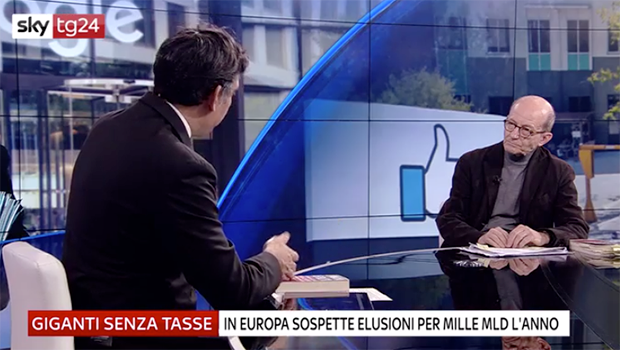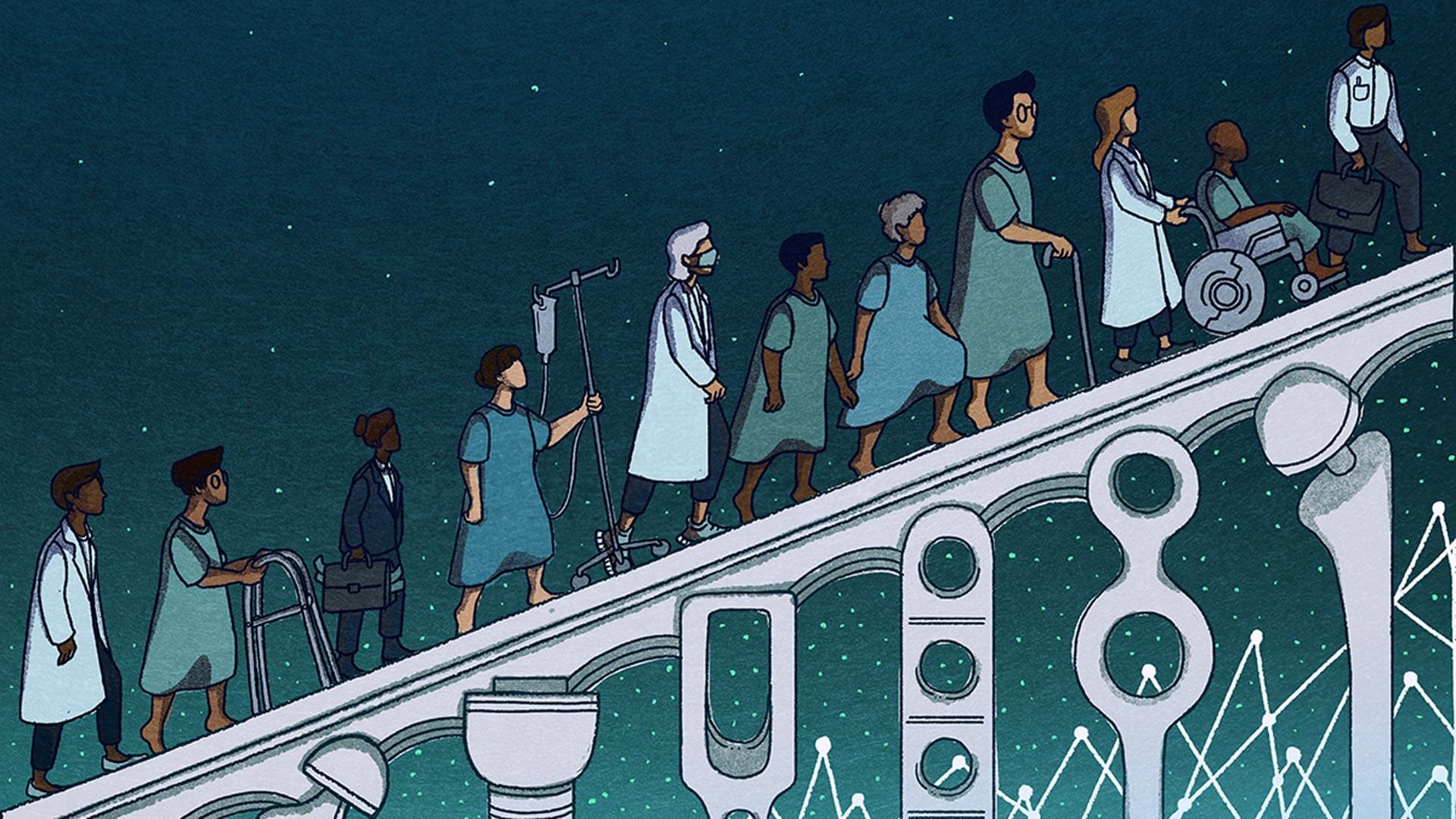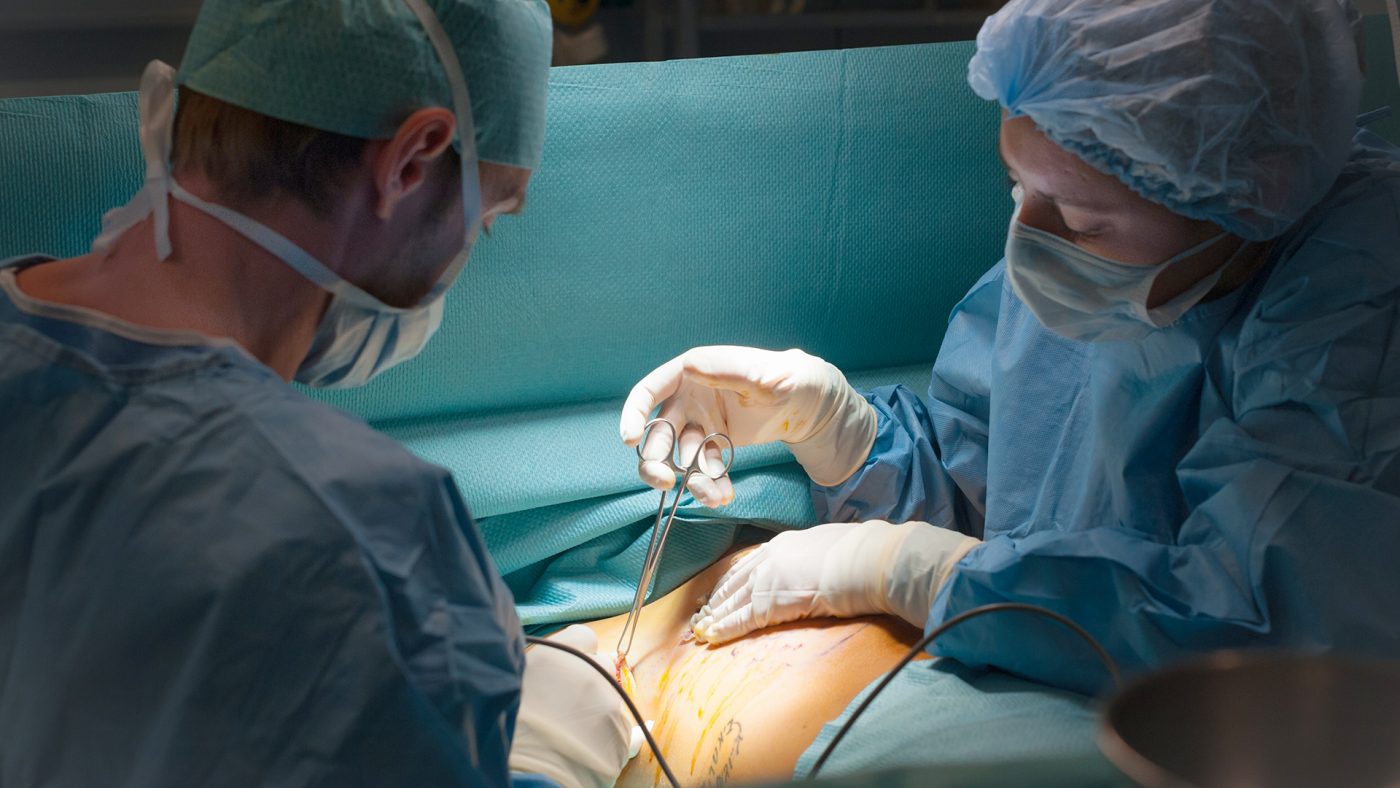I have been a member of the International Consortium of Investigative Journalists since 2000. And of all the projects I’ve worked on as part of the global team, the Implant Files was one of the most important stories I have ever covered. The investigation was a global exposé on faulty medical devices, on the background of careless international regulators and greedy manufacturers and hospitals.
The Implant Files was the beginning of a nightmare for me.
In April 2018, I flew to Washington, D.C., from Milan to attend a special ICIJ workshop: a two-day training session on the project’s breadth and scope, held in a climate of secrecy, just to avoid any kind of leak outside. There, reporters with experience covering medical devices gave presentations to colleagues who were eager to learn about the industry. Among the presentations, I brought my own personal experience with implants.
Because of an old car crash injury, I underwent a hip operation in 2008 to correct a painful coxarthrosis — a degenerative disease of the hip joint. My right hip was replaced with a prosthesis, manufactured by Biomet – now Zimmer Biomet – a multinational company that would later become one of the subjects of our investigation.
I remember the astonishment of the 100 journalists attending the D.C. meeting when I told them about my hip replacement: “The doctor who operated on me was very good. Unfortunately, he was arrested a few days ago, in early April, because he took bribes in exchange for implanting prostheses he had purchased for his hospital.”
My new hip was made of cobalt and chromium, two metals that – if released into one’s body in large amounts – can have potentially toxic side effects. Many studies suggest that metal poisoning caused by the wear and tear of some metal-on-metal hip implants may affect a patient’s heart, kidneys and thyroid, and cause neuropsychiatric symptoms.
I remember contacting my doctor a few weeks after the surgery, and asking about the implant’s possible release of cobalt and chromium into my blood. He told me not to worry, and the hospital didn’t recommend any follow-up checks. After that surgery, I forgot that I had an implant inside me. And for 10 years, I didn’t have any reaction to the device: no inflammation, no infection, at least in the hip area.
Stay calm and investigate
After the Washington meeting, I returned to Italy and started reporting on the medical device industry, sifting through papers, injury data and medical records. One of the findings was that patients in several parts of the world alleged they were suffering from injuries caused by the metal in their hip implant produced by Biomet and other manufacturers.
[Last year, in response to ICIJ partner’s request for comment on alleged injuries due to the metal-on-metal hip, Zimmer Biomet spokesman said: “The safety of patients has always been, and continues to be, Zimmer Biomet’s top priority,“ adding that the company “adhere[s] to strict regulatory standards, and work[s] closely with the FDA and all applicable regulatory agencies in each of our regions as part of our commitment to operating a first-rate quality management system across our global manufacturing network.”]
The more I dug, the more I realized that I, too, could be suffering from metal poisoning, or be a victim of my hip device.
On November 25, alongside the ICIJ and about 250 journalists from 36 countries, we published the Implant Files. Two days later, I emailed the assistant of an orthopedic surgeon whom we had interviewed, querying whether there had been any issues with my implant specifically. She said that my prosthesis had not been recalled and, having a smaller head-size, was facing less problems than its larger “sister” model.
Regardless, the investigative journalist in me could not stop there, and I arranged a medical examination with another orthopedic surgeon in early December followed by a pelvis X-Ray, a routine blood test, a C-Reactive Protein level check – which signals a potential infection – and a toxicological test to measure levels of ions of cobalt and chromium in urine and blood.

The verdict
On New Year’s Eve, the day before what I’d begun to refer to as the “verdict”, I was in Nice, France, with my wife and a couple of friends at the Italian restaurant “Il Vicoletto,” downtown. I remember the menu read: “Burratina et ses legumes grillés” (Mozzarella, made from cow’s milk and cream, with grilled vegetables), “Spaghetti Epifani: oeuf parmesan créme de truffe blanche” (Spaghetti and eggs, with parmesan in truffle cream), and: “Pavé de merlu Caponata” (Slice of codfish over caponata, a Sicilian recipe of vegetables). As a dessert, an excellent tiramisu, with a glass of champagne at midnight. In the distance, along the beach, fireworks were starting to announce the new year.
The next day came the “verdict.” I was shocked.
The results were high levels of chromium in blood and urine and cobalt in urine (the laboratory was not equipped to measure cobalt in blood). The readings were off the charts. In late January I had another medical examination with the same surgeon. He said something that froze me: “I suggest you should undergo limited surgery to change the head of the implant.” He added a warning: “Don’t run away …” But I did run away. I began my pilgrimage to get answers.
I went to a different laboratory and had another blood test. The results for chromium and cobalt, both in my urine and blood, were different from the ones provided by the previous lab. I was told that different reference values depend on different techniques used by different laboratories.
In order to avoid any confusion, my family doctor ordered a blood test for my wife, to compare her results with mine. It’s quite reasonable: we live together, we eat the same food, we breathe the same air in Milan. She only had 0.5 mcg/l (micrograms of metal per liter of blood), for both cobalt and chromium. Five to twenty times lower than the various results I had got. To me there was no doubt what was responsible: the hip device I got implanted with in 2008.
The pilgrimage for answers
Then I began a real pilgrimage to new orthopedic surgeons. The first surgeon said no new hip surgery was needed, and advised only repeat blood and urine tests for cobalt and chromium. The second surgeon requested a new toxicological test, which still showed the level of cobalt in my blood was eight times higher than the reference value, and that of chrome was nearly three times the value.
Overall the levels were lower than the test results from a few weeks before.
Eventually, on April 9, a third orthopedic surgeon concluded there’s no need for revision surgery.
A toxicologist I consulted reassured me saying those levels of chromium and cobalt are not yet dangerous. But if cobalt should reach the threshold of 15 micrograms per liter of blood I could undergo treatment that removes the metal from my body.
The pilgrimage wasn’t over.
On May 9, I had my final medical examination with yet another orthopedic surgeon. His advice: “in a year check-up of cobalt/chromium in blood; MRI with Metal-Artifact Reduction Sequence protocol; pelvis RX. EXCEPT NEWS (in capital letters).” He smiled when I mentioned the possible side effects of my levels of cobalt: “Our body needs cobalt!” Is it true? Not in those quantities, I thought.
After being involved with several orthopedic surgeons, collecting almost unanimous medical results and being racked by questions and dilemmas, I decided not to undergo new hip surgery.
It was too much stress to cope with: the operation itself, prolonged pain, rehabilitation. I also put an end to a nightmare that lasted six months and that started, as a matter of fact, with the Implant Files. Only after reporting on medical devices did I become more aware about the implant inside me and its pitfalls.
Ultimately, it’s my investigative skills that have given me peace of mind. After panicking the day after the “verdict,” I tried to stay calm and collect ideas – putting my investigative research skills to work. I started looking for reliable sources through the web: dedicated sites on metal-on-metal hip implants, toxicological reports on cobalt and chromium in the blood and so on. I’ve also contacted a chemist who was introduced to me by a doctor.
As a result, my nightmare has been replaced by a conviction: I’m fully aware of what I could expect in the future and I’m no longer anxious. That’s my advice for other patients: Act like an investigative reporter – run check-ups on your cobalt and chromium levels, and look for reliable sources about your implant.
This is what helped get me through my ‘nightmare.’
Sisti’s latest book “Il Paradiso dei Ricchi” (The Paradise of Rich) investigates Luxembourg’s role as a tax haven for the world’s most powerful corporations and follows up on ICIJ’s LuxLeaks investigation.







